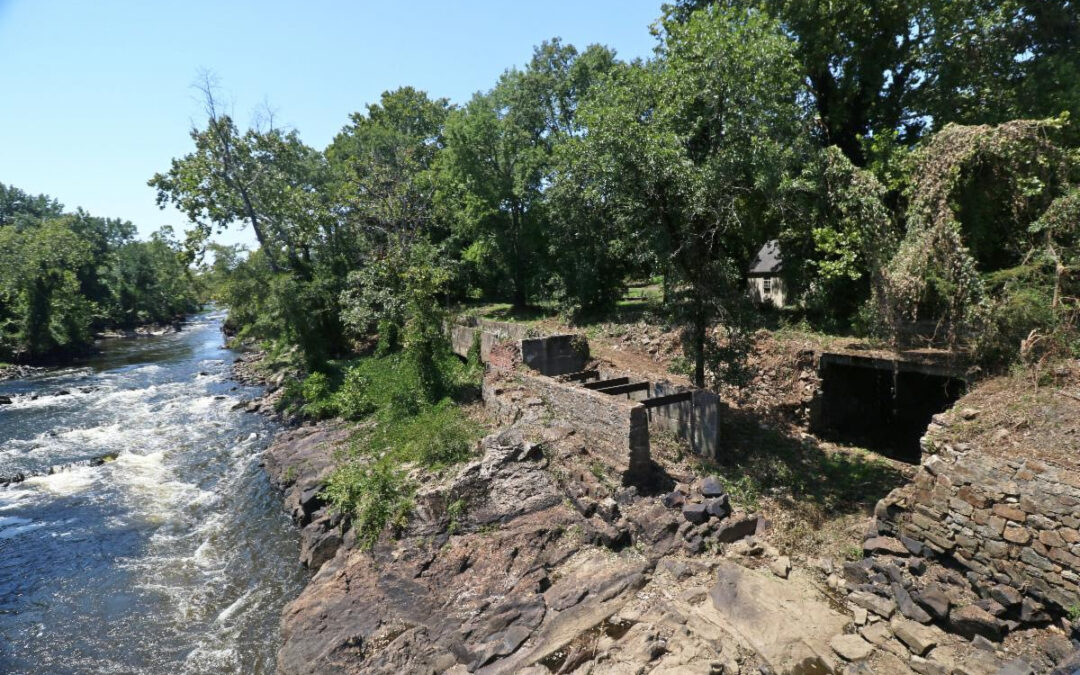Part of the Campbell’s Bridge Mills Site. Credit: Capital Region Land Conservancy
Written by Mike Bonnell
In the past year, members of the Chesapeake Conservation Partnership (CCP) have been hard at work protecting important places in the Bay watershed. To help spread the word about these efforts, the CCP produces Success Stories highlighting each project, their innovative funding sources and compelling models in conservation.
In our quest to protect 30% of the watershed, the biggest tracts of land tend to dominate the headlines. However, here are five smaller-scale projects that you may not have heard about that are great models for landscape-scale conservation across the watershed.
The Capital Region Land Conservancy (CRLC) acquired the Campbell’s Bridge Mills site and additional acres on the Appomattox River in Virginia. Multiple organizations collaborated on the acquisition, including three CCP partners—Virginia Department of Historic Resources, Virginia Outdoors Foundation (VOF) and CRLC. The acquisition was made possible with collaboration from multiple local, regional and state organizations, ranging from the Friends of the Lower Appomattox to CRLC and VOF.
The 42-acre parcel exemplifies the way that future landscape conservation can be done to provide multiple benefits. It will act as a missing link for the public and wildlife along the 25-mile Appomattox River Trail and an important connector along the planned 43-mile Fall Line Trail. The campus of the historically black college Virginia State University lies to the east of the property, which will provide river access and other opportunities to students. The site has a deep history, beginning with the Appamatuck Tribe of Virginia, who historically resided in the area. Visit CRLC’s website to learn more about the site and how it can be supported.
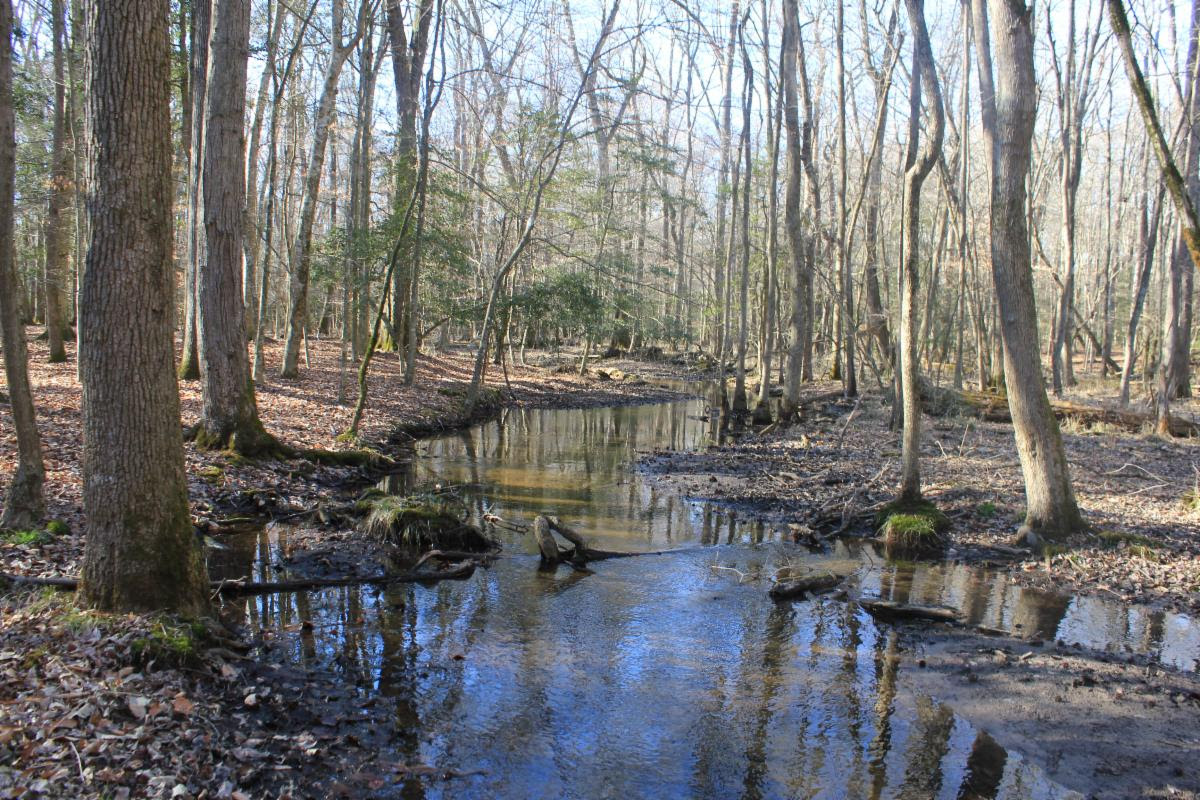
A section of the Somerset County Easement. Credit: Lower Shore Land Trust
The Lower Shore Land Trust placed easements on two properties on the eastern shore of Maryland.
In Somerset County, LSLT protected ~65 acres in the Dividing Creek Rural Legacy Area. The property is the last remaining plot of a family farm, being preserved by siblings to keep the land in the family. In Wicomico County, LSLT protected ~90 acres in the Quantico Creek Rural Legacy Area. The protection of this property adds to the thousands of acres already protected within the 36,000-acre Rural Legacy Area.
Maryland’s Rural Legacy Program (RLP) funded both of the easements. The RLP funds the protection of contiguous tracts of land by protecting multiple smaller closely grouped easements. The RLP reduces the amount of financial strain on local land trusts compared to other programs allowing land trusts to protect land more quickly with fewer administrative hurdles.
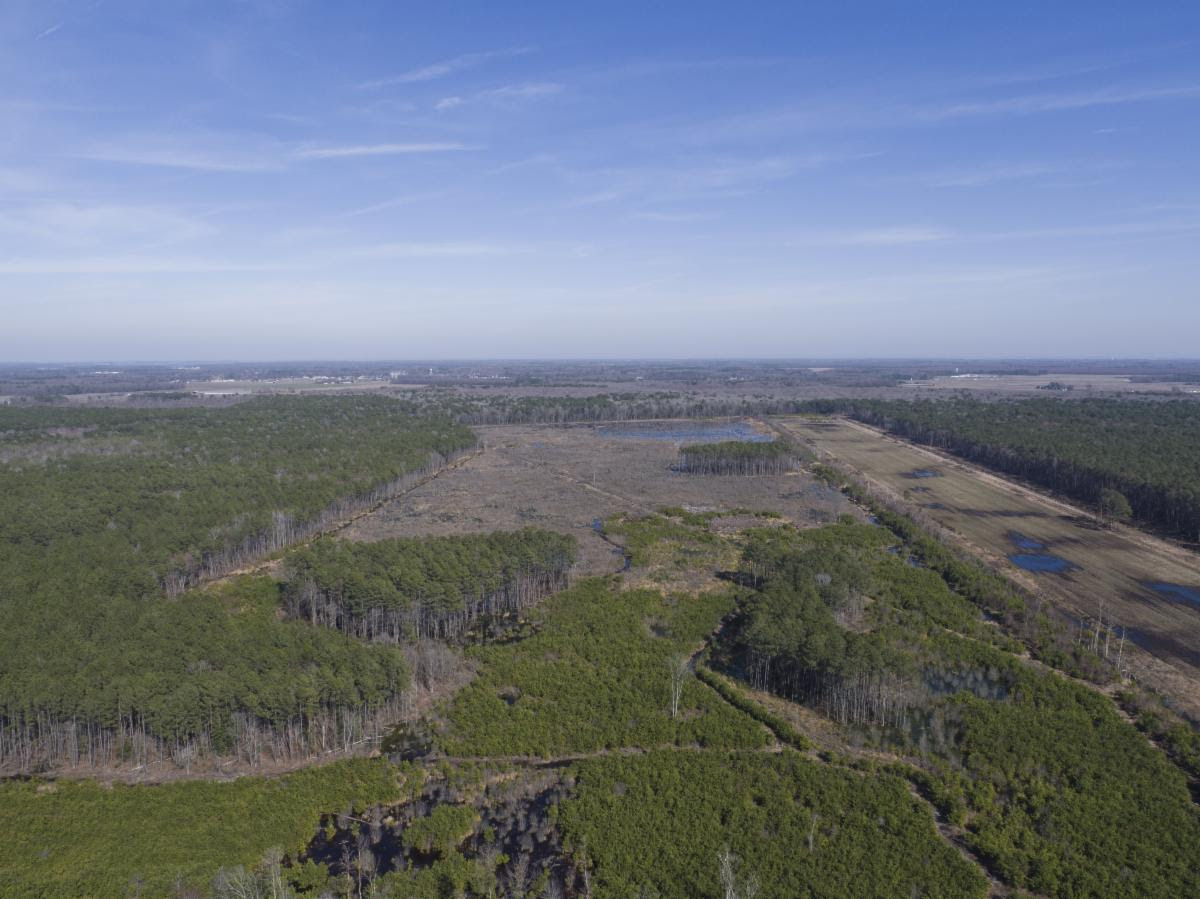
The recently restored Field 7 in the Great Cypress Swamp. Credit: Delaware Wild Lands
Delaware Wild Lands (DWL) protected and restored a nearly 200-acre tract of land found in their Great Cypress Swamp. In partnering with the international organization Wild Earth Allies, their project will go on as an example of best practices in land management and conservation partnership. The project’s leveraging of unique partnerships and enhancement of land management makes it an important model for work done by the members of the CCP.
This project enhanced the ecosystem services of the DWL-owned Great Cypress Swamp. Creative partnerships like these between local and international organizations that can improve both the land and the strength of the teams that work to protect them.
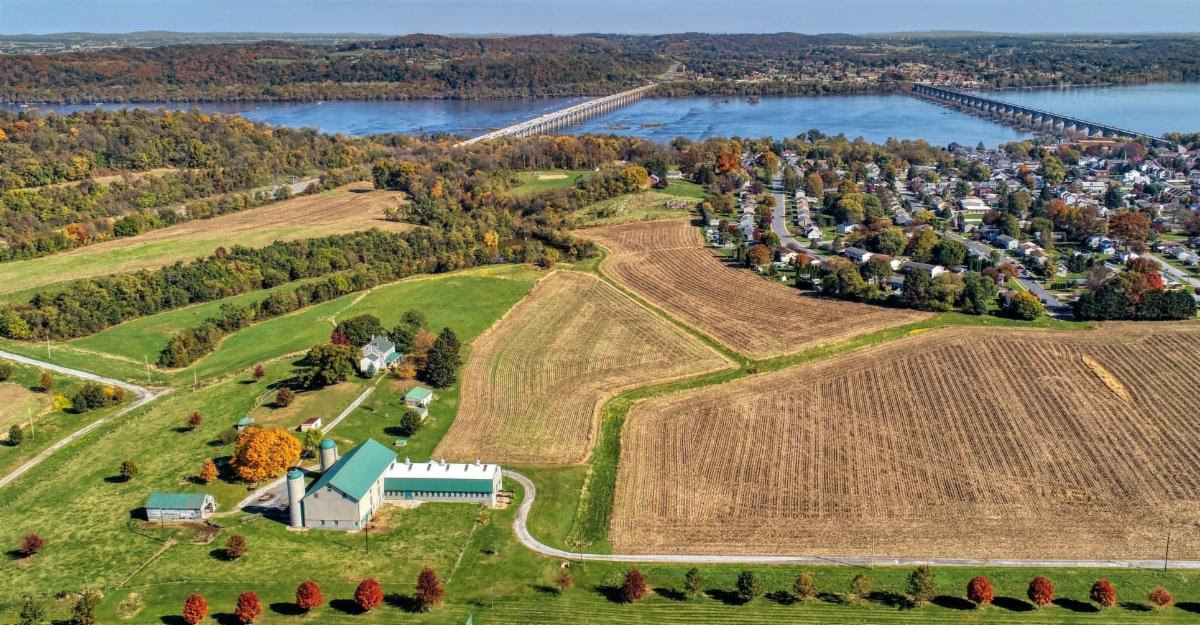
An overhead shot of the Mifflin Farm property. Credit: Susquehanna National Heritage Area
Susquehanna National Heritage Area (SNHA) will soon be protecting the Mifflin historic farm property in York County, Pennsylvania. The 80+acre property was saved in collaboration with The Conservation Fund (TCF) and Preservation Pennsylvania. It marks an incredible grassroots achievement in historic preservation and land protection. The historic home was a stop on the underground railroad, as well as the site of a pivotal civil war battle.
After a developer proposed the demolition of the farmstead for warehouse development, local grassroots community members reached out about the risks to the property. Preservation Pennsylvania helped slow development, raised awareness and asked SNHA to help. TCF soon stepped in to purchase the house and farm for preservation in 2022. TCF is holding the property until SNHA secures final funding and assumes ownership by the fall of 2023.
SNHA plans to maintain the historic buildings while transforming them into a regional visitor center for the National Heritage Area. According to Mark Platts, president of SNHA: “Conserving and re-purposing the Mifflin House site as a visitor education center and heritage park will welcome travelers to our two-county National Heritage Area and showcase the significant role this region and its people played in America’s enduring Quest for Freedom.”
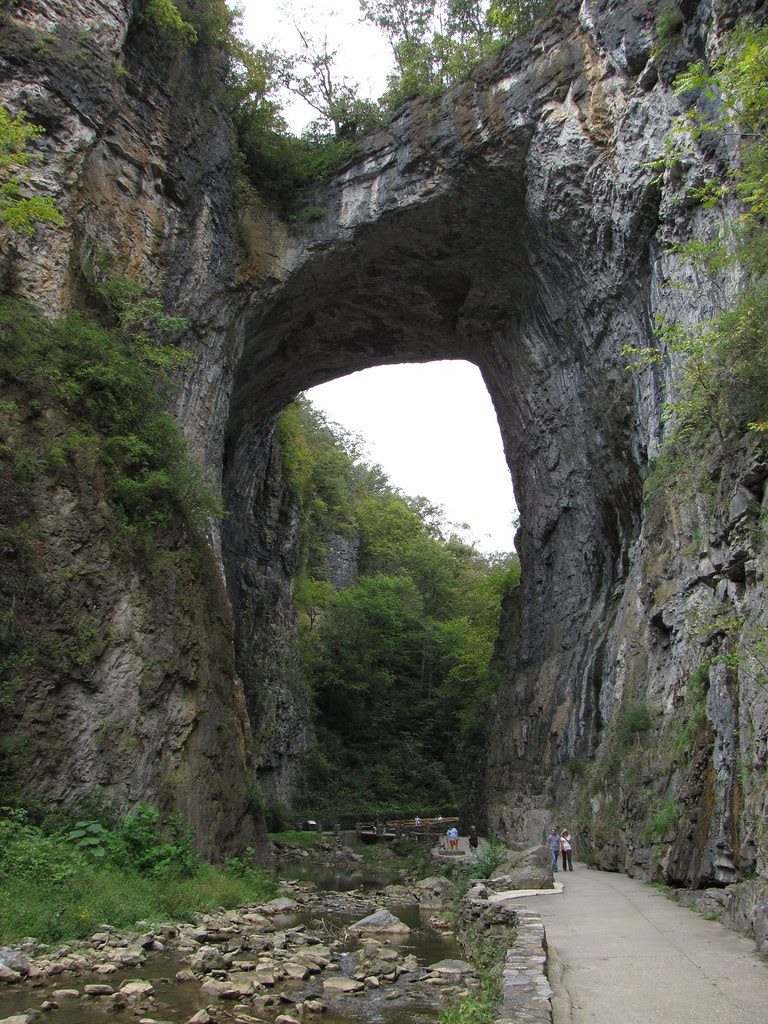
The Natural Bridge. Credit: Openverse
The Trust for Public Land (TPL) completed the transfer and easement of Natural Bridge State Park to the Commonwealth of Virginia’s Department of Conservation and Recreation (DCR). The Natural Bridge, which is a designated national historic landmark, has driven visitors to the Rockbridge County area since the 18th century. The land was slated to go for auction in 2014, putting it at high risk for development. The Virginia Dept. of Environmental Quality and Virginia Resources Authority made a loan with the Virginia Clean Water revolving loan fund to prevent development. Known as State Revolving Funds, EPA allows states to authorize the loan funds for land conservation, and Virginia has taken advantage of that authority.
In 2016, the Natural Bridge property began to be operated as a state park despite remaining privately owned, with TPL taking over title to the property and assuming the remaining loan balance until the property could be transferred to the state. Now that TPL has transferred the deed to the Virginia DCR, the park will continue to run as an official Virginia State Park.
Partners of the CCP can use this as a model for projects by taking advantage of possible revenue sources. Entrance fees, like the one at Natural Bridge, combined with the low-interest rates offered by the state loans, make it easy for certain projects to pay for themselves.
These amazing stories of success exemplify the intense efforts of members of the CCP. Doing work that involves creative funding and multiple collaborators is the best way to make meaningful progress toward 30×30. Even if tracts aren’t particularly large, they can make an impact and protect areas with important history and utility.
- Capital Region Land Conservancy
- Lower Shore Land Trust
- Delaware Wild Lands
- Susquehanna National Heritage Area
- Schuminweb on Openverse
Lightning Update is a regular communication of the Chesapeake Conservation Partnership. Any opinions expressed are those of the authors and do not necessarily reflect positions of the Partnership or member organizations.
To share a success story, news, or important event, send your information to:
Support for the Chesapeake Conservation Partnership is provided by:
National Park Service Chesapeake
EPA Chesapeake Bay Program
USDA Forest Service
Pennsylvania Department of Conservation & Natural Resources
Maryland Department of Natural Resources
Virginia Outdoors Foundation
US Fish & Wildlife Service
Chesapeake Conservancy
The Chesapeake Conservation Partnership is co-convened by:




